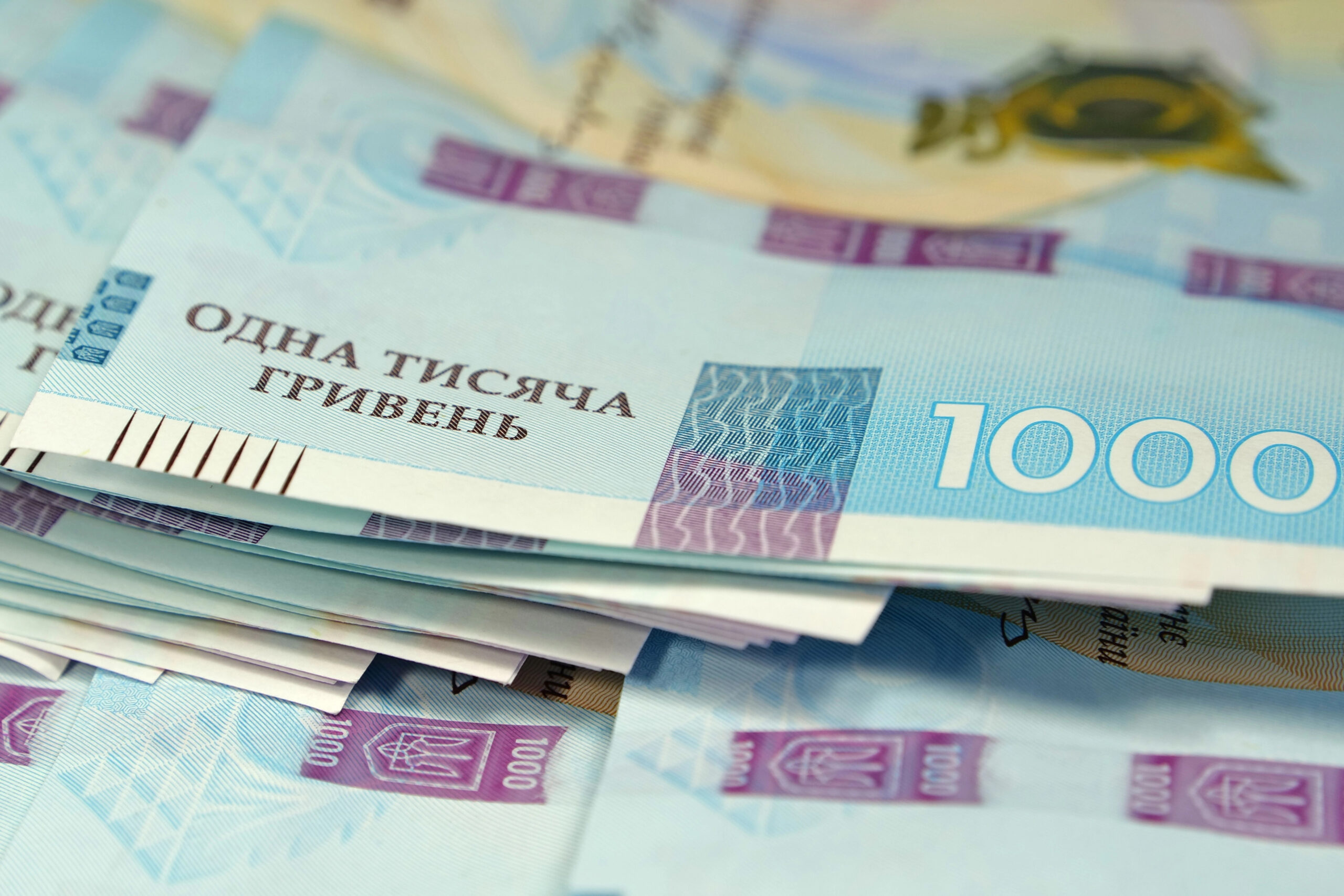The National Bank of Ukraine (NBU) tightened capital controls on February 23, 2015. The central bank introduced these additional administrative measures in response to violent fluctuations in the value of hryvnia. The NBU claimed that there is no fundamental reason to have an exchange rate of 30 hryvnias per U.S. dollar. Is Ukraine the first country to implement temporary capital controls in similar circumstances? Certainly not! Capital controls were used extensively in the World Wars I and II. In addition, there is evidence that capital controls helped Malaysia during the Asian crisis in the 1990s.
The National Bank of Ukraine (NBU) tightened capital controls on Monday, February 23, 2015. The central bank introduced these additional administrative measures in response to violent fluctuations in the value of hryvnia. The central bank argued that there is no fundamental reason to have an exchange rate as low as 30 hryvnias per U.S. dollar. The reaction of the public was mixed, ranging from endorsement to “all is lost”. While the subject is very emotional, it is useful to step back and look at the big picture on this matter to assess what options were available to the central bank.
Observation #1: Ukraine had a fixed exchange rate for a long time even though the structure of foreign trade was (and still is) heavily dependent on volatile commodity prices (foods, metals, gas, etc.). As a result, every five or so years, Ukraine has experienced a currency crisis. Economic theory predicts that the right exchange rate regime in this case is to have a floating exchange rate to absorb movements in commodity prices. Countries with a similar structure of trade (Australia, Canada, Chile, New Zealand, Norway) all follow this prescription. Fortunately, the new administration in the NBU decided to float the hryvnia.
Observation #2: To have stable prices, the central bank need to establish a nominal anchor. While one such anchor could potentially be a fixed exchange rate, Observation #1 suggests that this is not a good choice for Ukraine. An attractive alternative is inflation targeting, in which the central banks sets interests rate to keep inflation close to a pre-specified level. Many countries—including Australia, Canada, Chile, New Zealand, Norway—have adopted inflation targeting as their monetary framework. One implication of inflation targeting is that monetary policy has to be “active” and fiscal policy has to be “passive” (in other words, fiscal policy adjusts in response to changes in monetary policy; see more here).
Observation #3: Ukraine is a small open economy. This means that Ukraine faces the classic trilemma: a country can only achieve two out of the following three objectives: (i) free capital flows, (ii) fixed exchange rate, (iii) active monetary policy. As discussed above, (ii) is not viable for Ukraine (nor would the NBU have the necessary reserves to defend the hryvnia even if it wanted to). Free capital flows ensure that the expected rate of return on capital is the same in Ukraine and abroad.
Observation #4:The war in eastern Ukraine makes it nearly impossible to have “passive” fiscal policy as government spending is driven by military considerations. I am not aware of any country that has had a major war on its soil and simultaneously balanced its budget. In standard macroeconomic models, active fiscal policy has no impact on output because fiscal deficits lead to an appreciation of the domestic currency, inflows of foreign capital, and crowding out of exports. However, given the realities of Ukraine’s economy, fiscal deficits cannot be financed from abroad (at least not in private markets). As a result, these deficits must either be offset by fiscal austerity (this austerity could be very costly in a crisis and thus should be avoided) or be financed from domestic sources, such as seigniorage (that is, printing money). Use of the latter would create a conflict with active monetary policy, which would likely to translate into increased inflation.
Observation #5: Given Observations #3 and #4, expectations of future inflation in Ukraine are increasing thereby pushing interest rates higher. If the central bank hikes interest rates to fight inflation, it will send the economy into a deep recession, which is very costly in the middle of an already bad crisis. But if the central bank does not raise interest rates, capital will rapidly flow out of Ukraine, potentially precipitating a financial crisis. To offset these pressures, somebody would need to buy sufficient amounts of hryvnia and sell foreign currency. The NBU does not have the capacity to implement such a policy now because its reserves are too low.
Observation #6:In the last 12 months, the hryvnia has depreciated so deeply that further depreciation is likely to destroy the banking system, the “lifeblood” of any economy, and hurt businesses and households that borrowed in foreign currency. In short, the cost of any additional depreciation is very steep. The NBU could try to use its international reserves to let some capital flow out and maintain the hryvnia to protect Ukraine’s banking system. But there are no reserves to spare.
In summary, the NBU faces conflicting constraints. It cannot maintain low inflation, help the fiscal stance of the government, protect the banks, and defend hryvnia at the same time. How can one resolve this problem? A realistic answer is to abandon free capital flows between Ukraine and other countries (in reality, it is mostly private outflows from Ukraine). Capital controls decouple interest rates in Ukraine from those of the rest of the world and give the NBU some power over the exchange rate. Capital controls is a logical outcome.
Is Ukraine the first country to implement temporary capital controls in similar circumstances? Certainly not! Capital controls were used extensively in World Wars I and II. In addition, temporary capital controls could be effective at stopping panics. For example, there is evidence that capital controls helped Malaysia during the Asian crisis in the 1990s. A more recent example is Cyprus.
Could the NBU have done better? One dimension of the policy that could be improved is communication and consistency. Clarity and predictability in central bank actions are key for earning credibility, calming panics, and managing expectations. Introducing a regulation to reverse it a day later does not score high in terms of clarity and predictability. But, overall, introducing temporary capital controls is a move in the right direction.
Attention
The author doesn`t work for, consult to, own shares in or receive funding from any company or organization that would benefit from this article, and have no relevant affiliations




